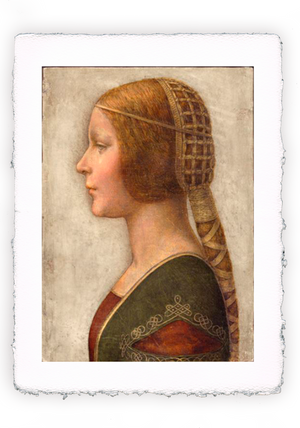
Cogito, ergo pingo

Wassily Kandinsky was born rich in Moscow. Like other protagonists of late 19th century painting, he was initiated into a legal career and in fact graduated in law while learning to play the cello. They offer him the professorship and teaching at the University of Dorpat. He refuses and he starts studying art at the Munich Academy.
His artistic and conceptual path gradually led him to abstract art that Wassily also theorized by writing books, in which he precisely examines the function of colors and shapes.
Passionate about theosophy and dodecaphonic music begins to use the line no longer as a contour, but as an autonomous communication element.
Each color assigns specific expressive tasks.
For example: Yellow he is endowed with a vital, irrepressible madness, with a blind irrationality; it is compared to the sound of a trumpet, a fanfare. Yellow also indicates excitement, so it can often be compared to red but it differs from the latter.
Or: The blue it is blue that tends towards lighter tones, it is indifferent, distant, like an artistic sky; it is comparable to the sound of a flute. Furthermore, dark blue is compared to the sound of an organ. Blue is the color of the sky, it is deep; when it is intense it suggests quietness, when it tends to black it is strongly dramatic, when it tends to lighter tones its qualities are similar to those of blue, if it is mixed with yellow it makes it malt, and it is as if the madness of yellow becomes “hypochondria.” It is generally associated with the sound of the cello.
Kandinsky composes a picture as if it were music and each color is a precise note in the harmonic context it wants to create. His works, in fact, he entitled "improvisation number ..." Composition number .. "as if they were musical scores.
In his in-depth study of colors he is not interested in the physical spectrum, but in the psychic effect that is produced through the spiritual vibration of man. For him, colors have smell, taste and sound.
Beauty is no longer what responds to pre-established ordinary canons. Beauty is what responds to an interior need, which the artist feels as such.
This rich conceptual speculation makes Wassily Kandinsky's abstractionism extremely rigorous and "honest". No point, line or surface is left to chance, no "stain" to Pollock, but each element is carefully researched and studied for the expressive needs of the work.
In his book "The Spiritual in Art" Kandisky writes:
"The artist must educate himself and gather himself in his soul ... he must have something to say, because his task is not to dominate the form, but to adapt the form to the content".


Leave a comment